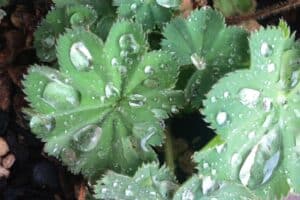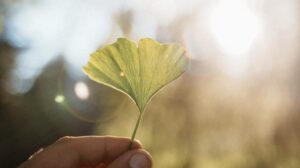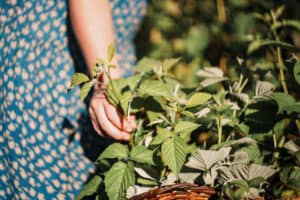As you begin your herbal exploration, you’ll notice that there are a lot of books out there that either talk about a plant’s spiritual or medicinal aspects–but rarely both. This separation of science and spirit mirrors the allopathic approach used in conventional medicine. The problem is that this separation doesn’t exist!
The more I studied the alchemical perspective, the more I learned that an herb’s physical and spiritual properties are connected. When you study herbs this way, you start to see them beyond what they treat, and into their core medicinal qualities instead so you can use the whole plant to treat the whole person.
In this week’s blog post, you’ll learn:
- How alchemy and herbalism connect and create a pathway to becoming a holistic herbalist
- About the herbal 5 keys, which make it easier to learn about herbs
- What energetic architecture is, and how it forms a strong foundation for learning about any herb
- Some of my best tips for studying herbalism when just starting out
Table of Contents
Welcome to part 6 of our Evolutionary Herbalism Foundations series. In our last episode, we dove into the significance of comprehending the entirety of an individual, exploring the interconnectedness between physical, emotional, and psychological well-being, and their spiritual dimensions. Similarly, just as the three Principles of alchemy apply to humans, they are also relevant to plants. By examining the Sulfur, Mercury, and Salt Principes in plants, you can learn how to use the whole plant for whole healing.
Plants possess a soul, spirit, and body, much like humans. Their physical form, which we refer to as Salt in alchemy, serves as a vessel for expressing their intelligence (Mercury) and consciousness (Sulfur). To truly embrace holistic herbalism, you need to perceive your herbal remedies in terms of their entirety.
Often, when you search online or seek information about a particular herb, you’ll find it presented in an allopathic manner. They’re typically labeled based on the specific symptoms and conditions they are good for. While this approach might seem convenient, especially for those new to herbalism, it overlooks the fundamental essence of holistic herbalism.
To practice holistic herbalism, you must acquaint yourself with herbs beyond what they’re “good for” and delve into their core medicinal properties. This deep understanding will illuminate how these herbs function within the body that make them useful for particular health conditions. And on another level, it can actually lend insight in how they influence the spirit and soul.
Each plant possesses a medicinal essence, and it is this essence that heals the whole person. I like to think of it as a singular pattern in the plant that influences the soul, spirit and body of a person. Thus, the psycho-spiritual attributes closely mirror its physical properties. Consequently, the impact of an herb resonates on three levels: the body (Salt), spirit (Mercury), and soul (Sulfur). Just as mental and physical health are intertwined in humans, you cannot isolate the spiritual and physical qualities of an herb. Their influence ripples through your entire being, fostering profound healing.
Studying herbs holistically transcends mere statements like “Turmeric (Curcuma longa) lowers inflammation” or “Fennel (Foeniculum vulgare) is good for bloating.” It necessitates a deeper understanding of why these herbs are beneficial for specific patterns and the imbalances they address. We have to ask “how and why do these plants address these patterns?”
This holistic approach also explains why Turmeric might help some people with inflammation, but not others. For example, if six people have inflammation due to six distinct patterns, Turmeric may only provide relief with one of them and may even exacerbate some others. And when we layer the alchemical perspective on top of a general holistic approach to herbalism, we find that those root causes may in fact be archetypal in nature. What we learn from this is that there’s no such thing as a one-size-fits-all approach to herbalism, and the way you see success in your practice is by studying herbs beyond their textbook definitions.

The Alchemy of Herbs
The Salt Principle embodies the physical aspects of an herb, encompassing its physical form and how it interacts with your health on a biochemical level within your body. It also relates to how the herb’s medicinal properties influence the body, which I break down into a term I coined, the 5 Keys. This includes taste, organ affinities, herbal actions, energetics, and prabhava.
For example, consider Marshmallow (Althaea officinalis), which tastes sweet due to its polysaccharide content. These polysaccharides contribute to Marshmallow’s moistening (energetics) and demulcent (action) qualities. Together, these attributes render it effective in soothing irritated and burning mucosal linings in the respiratory, urinary, or digestive systems (organ affinities).
Conversely, Osha (Ligusticum porteri) is pungent, drying, and aromatic, what we might classify as a stimulant expectorant. Both herbs are used to alleviate coughs, but clearly for different types of coughs. Marshmallow is remedial for dry, hacking coughs, whereas Osha shines when dealing with phlegmatic and heavy ones.
The term prabhava means special potency and comes from Ayurveda. In traditional Western herbalism, this could be considered a plant’s “specific indications.” The prabhava represents the distinctive pattern in an individual that the herb addresses. This could encompass a unique combination of symptoms, a distinct tongue pattern, emotional imbalances, or any distinctive trait. This category holds importance since it encompasses unique properties that transcend classification. In Ayurveda it also references any esoteric, occult, or magical properties of an herb.
Through these 5 keys, you can understand the whole plant on the Salt level, and I would stress that for anyone wanting to use medicinal plants they are crucial to understand. We have to know each plant we work with through these 5 Keys before we can effectively use it. They get us more specific and more accurate in how their medicine is applied. Without them, we get caught in the allopathic trap and just think in terms of “this herb is good for that.” Remember as holistic herbalists we don’t treat diseases or symptoms, we treat people. Thinking of an herb holistically in turn gets us thinking about the people we’re working with more holistically as well.
Moving on to the Mercury level, our focus shifts to the psychological and emotional attributes of a plant. Many herbs affect these aspects, with some promoting clarity and calm, while others stimulate and energize the mind. Moreover, different herbs address specific emotions like grief, heartache, anxiety, and fear—properties firmly rooted in the Mercury aspect of the plant.
In ancient herbal traditions like TCM, specific emotions are linked to particular organs, such as grief with the lungs, joy with the heart, and fear with the kidneys. With each emotion, there is the potential for balance or imbalance. It’s here we observe another bridge that connects our psychological and emotional well-being with our physical health. Indeed the Western medical astrology tradition recognizes the same thing, with organs, systems, and tissues being governed by particular archetypal patterns (signs, planets, and houses) that also bear psychological and emotional qualities.
Lastly, we delve into the Sulfur aspect of the plant, where the essence of the plant is a teacher and healer on deeper levels of your being. This includes trauma, emotional blockages, and maladaptive patterns. Often referred to as the transformational power of the plant, this aspect illustrates how plants assist you in the process of overcoming habits and patterns that hinder your personal growth. Plants have the remarkable ability to help you transform your trauma, turning it into a source of strength and healing. I like to think of the Sulfur of the plant is not only the part that can heal the deeper parts of the self, but also is how the plant can help us to develop certain parts of ourselves, such as developing confidence, improving communication, opening our hearts, etc. The synergy of Sulfur, Mercury, and Salt leads to a truly holistic understanding of a plant so you can use the whole plant to treat the whole person.
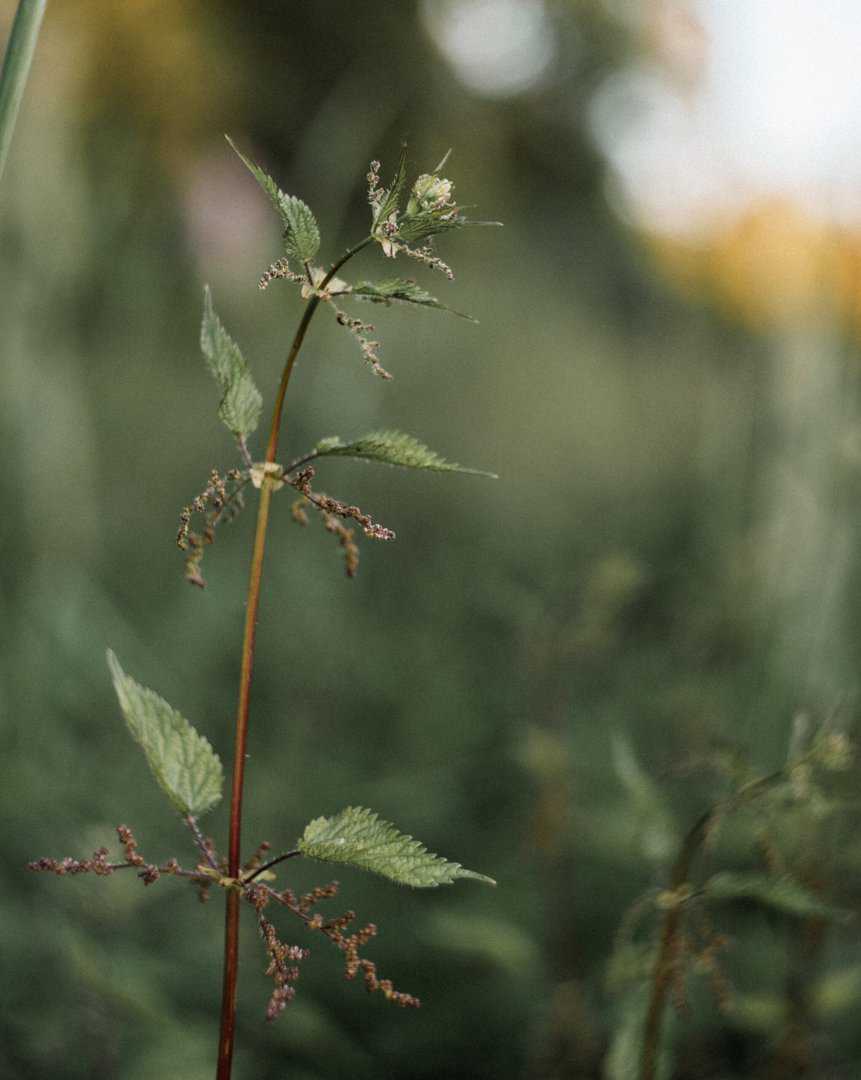
A Microcosm of the Macrocosm
The ancient alchemical tradition states that everything in nature is a microcosm of the macrocosm. In this context, the macrocosm refers to our solar system’s 7 planets, the 5 Elements (Earth, Water, Air, Fire, and Ether), and the three Alchemical Principles: Sulfur, Mercury, and Salt.
The Evolutionary approach to herbalism builds on this by positing that each herb possesses a planetary ruler, elemental correspondence, and a triune pattern. How these factors converge form an herb’s physical, emotional, and spiritual properties.
To illustrate, let’s look at Nettles (Urtica dioica). This herb is ruled by Mars, which is the planet that governs blood, male reproductive health, immunity, heat, inflammation, and intensity. Everything about Mars is hot and sharp, which you can see reflected in Nettle’s serrated leaf edges that leave you with burning, painful welts if you brush against them. Although they appear hot from the outside, Nettles is high in nutrients and minerals that enrich the blood, cleanse, and cool tissue heat and inflammation. Emotionally, Nettles cools people who are hot-headed, short-tempered, and irritable (ie they’re easily “nettled”). Through its influence on heat in the body, Nettles balances symptoms rising from excess Mars.
Now that we’ve discussed Nettle’s planetary correspondence, let’s see how it relates to the Elements. Here, its connection is quite straightforward. As a diuretic plant that promotes urination and grows in damp, moist environments, Nettles bears a strong connection with the Water Element.
Lastly, let’s take a look at the alchemical Principles. Nettles is incredibly mineral-rich and nourishes the body. Because it’s so nutritive and builds the physical form, it corresponds to the Salt Principle. Altogether, the energetic architecture of Nettles is Mars-Water-Salt. When you take time to decipher the energetic architecture of an herb, it creates a holistic foundation for your studies of any herb and enriches your understanding of how and why an herb works in the way it does.
This approach is an all-encompassing model that contains the plants habitat, morphology, tastes, actions, affinities, energetics, psychological-emotional properties, and spiritual virtues. It achieves the ancient axiom of “as above, so below,” and to me, is another level of holistic, because we’re looking at how the whole plant embodies and is related to the whole archetypal patterns of nature. Thus we learn to see the macrocosm present in the microcosm of the plant.
This approach underpins my practice of herbal medicine by guiding how I perceive plants, comprehend their properties, classify them, prepare them as medicines in the lab, and administer them to individuals. By acknowledging an herb’s interconnected physical, mental, emotional, and spiritual facets, you uncover the wholeness of the plant.
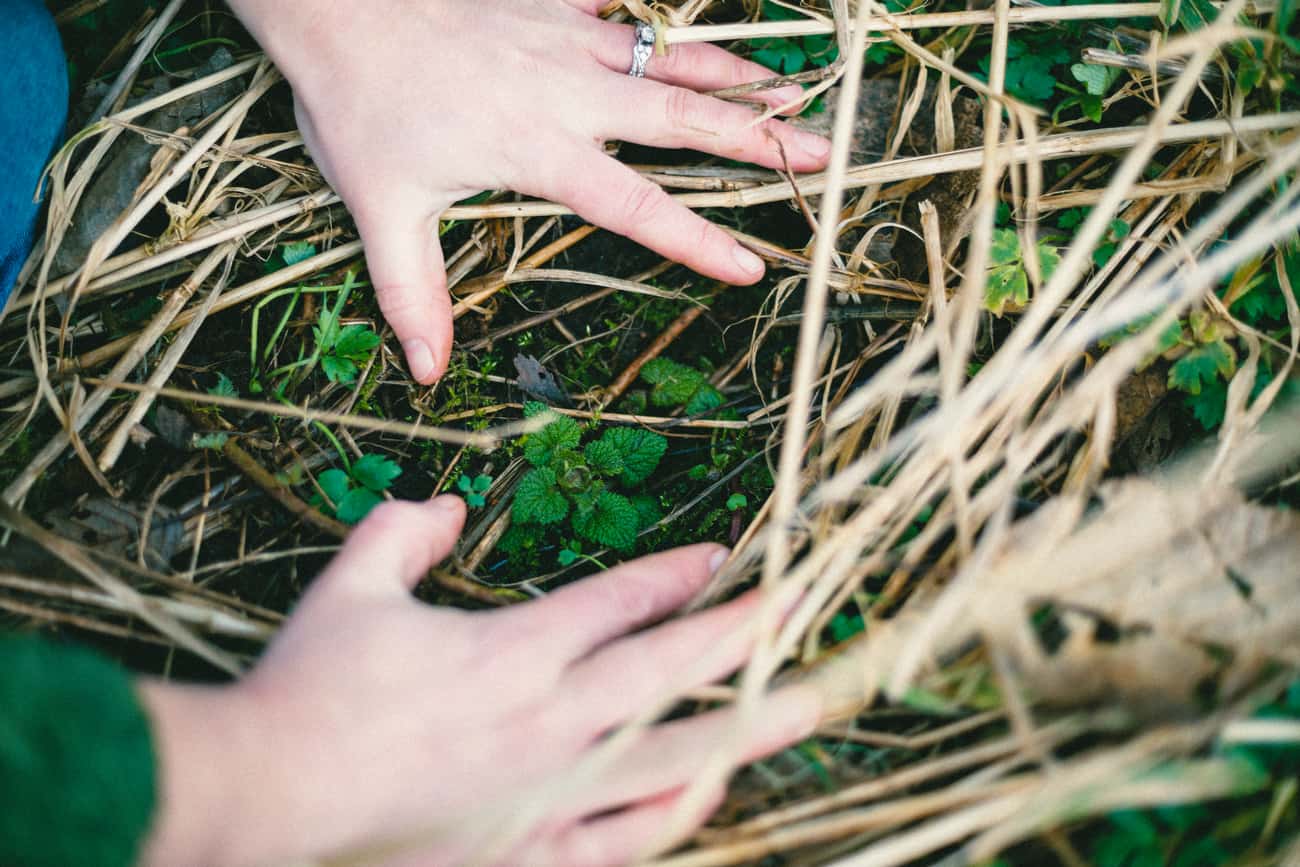
Speaking the Language of Herbs
It’s pretty common to feel overwhelmed starting your journey into herbalism. After all, there’s so much to learn. From traditions past to modern-day science and everything in between, it can feel like you’re wandering into a vast world without a map.
Before you dive into your studies, it’s helpful to think about the direction you want to take. Having a particular system you use can make a massive difference when beginning your botanical exploration.
Of the countless routes you can take, I recommend studying traditional systems, modern science, growing herbs, field exploration, and preparing plant medicine. As you read about each one, notice if any stick out to you in particular.
When studying herbs through the lens of traditional herbalism, you have ancient systems like Ayurveda and TCM in the East, as well as traditional Western herbalism, such as Galenic/humoral medicine, Physiomedicalism, Eclecticism, and Homeopathy, among others. Learning from these traditions means gaining the wisdom developed through hundreds to thousands of years of practice, and keeping them alive. If you prefer taking the scientific route, you can study herbs from their constituents and pharmacological mechanisms. Although, strictly understanding herbs based on science (usually their chemistry and pharmacological mechanisms of action) often doesn’t make you a better clinician. Personally, I don’t feel science is enough to gather a comprehensive and holistic understanding of a plant. But, when you merge tradition and science, you get the best of both worlds and develop a well-rounded approach to herbalism.
The next step is to venture out of the textbook pages and into nature to develop a firsthand understanding of herbalism. Plant a seed and watch the herb grow through all of its cycles. If there’s anything COVID taught me, it’s the importance of knowing your local medicine (after all what would we all do if there was no more shipping, what if all the store shelves were empty?). By studying the medicinal herbs that grow around you, you can develop a deeper relationship with the plants in your local environment.
After growing or identifying local plants, harvest, taste, and make medicine with them. When you experience the effects of an herb firsthand, the memory stays in your heart compared to memorizing hundreds of textbook facts. Once your herbal medicine is ready, experiment by taking different dosages. Start with drop doses and increase over time to note its effects. By noticing how herbs make you feel in your body, you can deepen your comprehension of how they might impact others. Remember to always practice safely by researching the safe dosage of an herb before administration since some plants are drop-dose only, like Poke (Phytolacca americana), while others can be taken freely, like Nettles (Urtica dioica)
By combining your textbook studies with sensory experiences, you can develop a well-rounded understanding of herbal medicine and strengthen your skillset as a holistic herbalist. Note I say you can develop understanding of your herbal medicines, not just intellectual knowledge.
The Evolutionary Herbalism model is all about facilitating physical healing and rejuvenation on all levels of our being. The goal isn’t only to avoid disease, but to generate an overall good feeling within one’s life, along with a sense of purpose in life.
Plants are always communicating with us, and while they don’t speak the same language as us, you can learn how to hear their messages and incorporate their wisdom into your practice to use the whole plant for the whole person and experience true healing that extends into your body, spirit, and soul.


